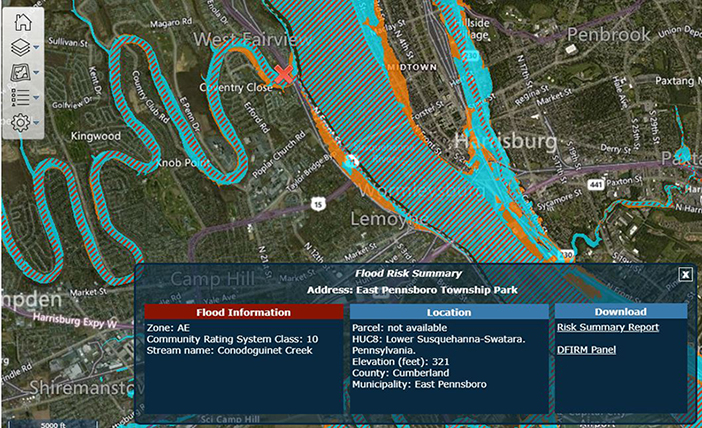
These areas have a 26 percent chance of flooding over the life of a 30-year mortgage.Ģ. Think of these as the first-row, beach-front property. V Zone: This zone is considered a high-risk for floods. These maps break each area into flood zones based on risk.īroadly speaking, there are four main categories of flood zones and each category has multiple flood zones within it.ġ.

The Federal Emergency Management Agency (FEMA) conducts flood hazard analyses throughout the country and maps the results for flood insurance purposes. What are the different types of flood zones? We’ll tell you everything you need to know about so you can make the smart decision.įlood zones are geographic areas that FEMA (Federal Emergency Management Agency) has defined according to levels of flood risk. One study estimates that up to 41 million Americans live in flood zones, and flood damage can wreak havoc at any point.īefore you decide to build in a flood zone, read below. Base flood elevations derived from detailed analyses are shown at selected intervals within these zones.Have you always dreamed of having a house on the beach and now you have the land to do so? Well, buckle up because chances are that you’re building in a flood zone.įlood zones put your dream at risk for whatever Mother Nature has in store. These areas have a 26% chance of flooding over the life of a 30 year mortgage. VE - Coastal areas with a 1% or greater chance of flooding and an additional hazard associated with storm waves. Average flood depths derived from detailed analyses are shown within these zones. Base flood elevations derived from detailed analyses are shown at selected intervals within these zones.ĪO - River or stream flood hazard areas, and areas with a 1% or greater chance of shallow flooding each year, usually in the form of sheet flow, with an average depth ranging from 1 to 3 feet. These areas have a 26% chance of flooding over the life of a 30 ‐ year mortgage. Because detailed analyses are not performed for such areas no depths or base flood elevations are shown within these zones.ĪE - The base floodplain where base flood elevations are provided.ĪH - Areas with a 1% annual chance of shallow flooding, usually in the form of a pond, with an average depth ranging from 1 to 3 feet. The SFHA designations which appear within Bay County are explained further below.Ī - Areas with a 1% annual chance of flooding and a 26% chance of flooding over the life of a 30 year mortgage.

The areas of minimal flood hazard, which are the areas outside the SFHA and higher than the elevation of the 0.2-percent-annual-chance flood, are labeled Zone C or Zone X (unshaded).

Moderate flood hazard areas, labeled Zone B or Zone X (shaded) are also shown on the FIRM, and are the areas between the limits of the base flood and the 0.2-percent-annual-chance (or 500-year) flood. SFHAs are labeled as Zone A, Zone AO, Zone AH, Zones A1-A30, Zone AE, Zone A99, Zone AR, Zone AR/AE, Zone AR/AO, Zone AR/A1-A30, Zone AR/A, Zone V, Zone VE, and Zones V1-V30. The 1-percent annual chance flood is also referred to as the base flood or 100-year flood. SFHA are defined as the area that will be inundated by the flood event having a 1-percent chance of being equaled or exceeded in any given year. Flood hazard areas identified on the Flood Insurance Rate Map are identified as a Special Flood Hazard Area (SFHA).


 0 kommentar(er)
0 kommentar(er)
